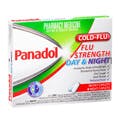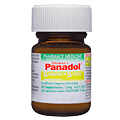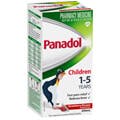
Osteoarthritis Treatment
There are over 100 types of arthritis, but the most common is called osteoarthritis. It is a degenerative joint condition, and can range in pain severity. It typically starts with the breakdown of the flexible joint tissue known as cartilage and can lead to stiff and immobile joints.Osteoarthritis becomes more common with age. Most frequently, osteoarthritis affects the knees, hips, spine and hands.
What Is Osteoarthritis And How You Manage It
Arthritis means ‘inflammation of a joint’. There are more than 100 types of arthritis and the most common type is called osteoarthritis.
Osteoarthritis: a degenerative joint disease
Osteoarthritis starts with the breakdown – or degeneration – of the joints between the body’s bones. This flexible tissue, also known as cartilage, provides a cushion where bones come together and prevents them from rubbing against one another when we move. Cartilage, just like any other shock absorber, can start to wear down with age and joint use. And as it does, the protective cushion between the body’s bones decreases.
Osteoarthritis can:
- affect many joints, such as the hand, knee, hip and spine
- worsen over time which may cause the cartilage to break away from the bone. The bones may begin to scrape against one another and become bruised or damaged. This may result in persistent pain
- cause joint pain and stiffness. These symptoms may be worse after resting or not moving the joint for a while
- limit joint movement and flexibility, as affected joints cannot bend as easily or with their full range of motion
- cause chronic pain and severe disability in extreme cases, and may affect normal daily activities such as walking, climbing upstairs or opening jars.
Osteoarthritis risk factors
Age is a factor for osteoarthritis. People usually develop osteoarthritis from their late 40s through to old age.

Osteoarthritis is more common and severe in women, especially in the knees and hands.
Preventing osteoarthritis is not always possible because many factors contribute to its development:
- injuries to a joint may increase the risk of developing osteoarthritis in the future (for example, ligament injury in the knee). Be careful not to overwork a damaged or painful joint, and try to avoid repetitive or excessive joint movements.
- being overweight or obese may contribute to the development of osteoarthritis. Excess weight places additional strain on joints, particularly on the knees and hips, and can result in knee or back pain.
- treatment options for mild-to-moderate osteoarthritis include over-the-counter pain relievers and heat therapy to reduce pain. Medical guidelines recommend paracetamol when an oral pain reliever is required to manage osteoarthritis pain.
- physical therapy that includes strengthening exercises, staying active, losing weight and maintaining a positive attitude can also help manage osteoarthritis.






































